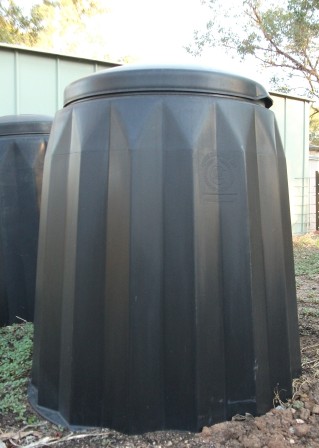
One way that you can cut down on your reliance on purchasing these garden products is to make your own compost which can then be used directly as mulch or as an ingredient in potting mix.
Not only will having your own compost bin or heap save you money it will also cut down on the amount of waste that is being sent to landfill because it enables you to put things like kitchen scraps, plant trimmings, leaves, and even old newspapers to good use.
I compiled the following links while researching how to set up my own compost heap and found them very useful in helping me to gain an understanding of how composts work, what form they can take and what can and can’t be composted.
General Information
A good general introduction to composting was found at the Royal Horticultural Society (UK) website. It is a great starting point for learning basic information about composting such as the best site for your compost, the mixture of materials that you can use in a compost heap/bin, as well as common problems that may occur.
Royal Horticultural Society website: Composting
Another really useful guide to have when starting out with composting is the How to Compost PDF found at the Department of Environment and Heritage Protection, Queensland Government website. This document covers just about everything that you need to know to when you are getting started with composting.
Waste Wise Queensland: How To Compost (PDF)
 Types of Compost Bins
Types of Compost Bins
There are lots of different types of compost bins available to buy or you can make your own. You might want to make your own large compost heap if you have lots of garden waste, like I do. Or if you only have a small amount of compostable material you might want a smaller system. The following link gives a brief run down on the different composting systems available and may help you to choose what type of compost bin best suits your needs.
GAIAM life website: What Type of Composting Bin Should You Use?
Trash Can Composting
The tumbling compost bins seem like a great idea as they make it easier to mix the compost which in turn helps to break it down more quickly. Commercial tumbling compost bins can be expensive though, so I have included a video link to show how it is possible to make a compost bin from a trash can/rubbish bin. The trash can/rubbish bin can be easily rolled around meaning the compost is mixed more evenly and the composting material breaks down quicker. This is something that I am thinking about trying in the future.
PAllenSmith YouTube Video: Trash Can Compost Bin
What Can and Can’t Be Put in the Compost Bin/Heap
Once you have set up your compost bin you want to make the most of it. So you need to know what you can and what you can’t put in the compost. The website below provides a fairly comprehensive list of what you can and can’t put in the compost and why.
Composting Instructions: What you can and cannot compost
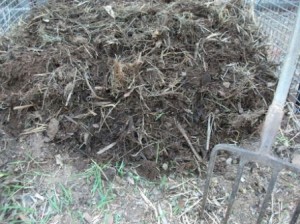
So recently I set up a compost heap on some bare ground using some leftover wire mesh. Now I am composting more waste material from my garden and hopefully I will soon be able to use some of the rich compost I have produced when mulching around my garden and when potting up plants.
For information on using you compost as mulch to suppress weeds naturally check out:
Killing Garden Weeds Naturally Using Mulch
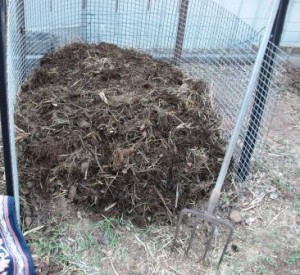
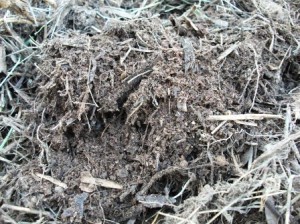
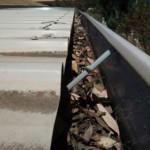
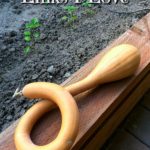
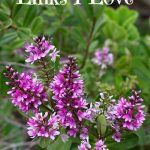

Leave a Reply